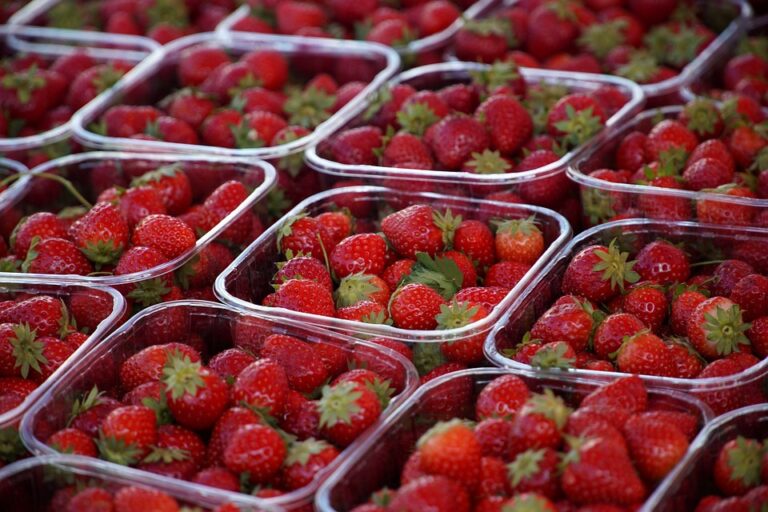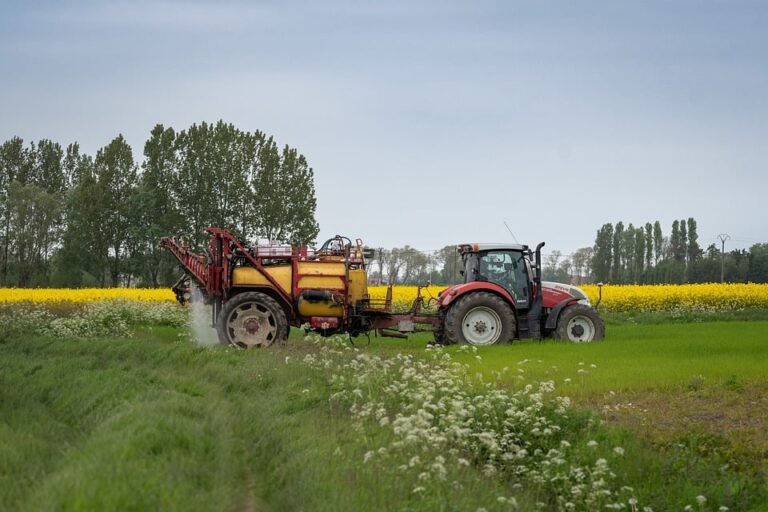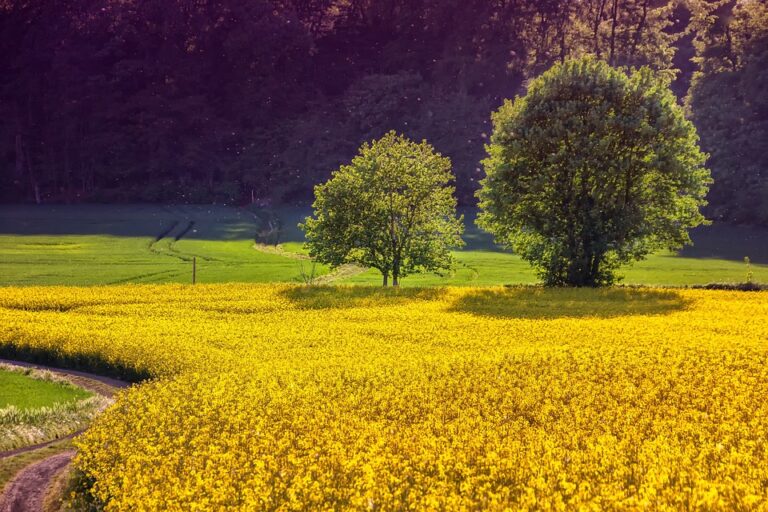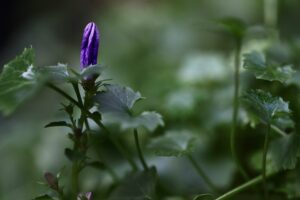The Rise of Rye Farming in Russia: A Comprehensive Overview
Introduction
Rye farming has been a significant part of Russian agriculture for centuries, and it has experienced a resurgence in recent years. Rye is a hardy, versatile grain that is well-suited to Russia’s climate and soil conditions, making it an attractive crop for many farmers. In this article, we will take an in-depth look at the rise of rye farming in Russia and the factors contributing to its popularity.
Historical Background
Rye has been cultivated in Russia since ancient times, and it has long been a staple crop in the country’s diet. In the 19th century, rye accounted for a significant portion of Russia’s agricultural production, and it was often used to make bread, porridge, and other staple foods. However, with the rise of industrial agriculture in the 20th century, many farmers began to shift towards more profitable crops like wheat and barley, leading to a decline in rye farming.
The Resurgence of Rye Farming
In recent years, there has been a renewed interest in rye farming in Russia, driven by a combination of economic, environmental, and cultural factors. With the increasing demand for organic and locally-sourced foods, many farmers have turned to rye as a sustainable and nutritious crop that can be grown without the use of synthetic pesticides and fertilizers.
Rye is well-suited to Russia’s climate, which is characterized by cold winters and short growing seasons. Rye is a hardy crop that can withstand harsh weather conditions, making it a reliable choice for Russian farmers. Additionally, rye has a deep root system that helps improve soil health and prevent erosion, making it an environmentally-friendly crop to grow.
Benefits of Rye Farming
There are several benefits to rye farming that have contributed to its resurgence in Russia. Rye is a versatile grain that can be used to make a variety of products, including bread, beer, and vodka. Rye is also a nutritious crop that is high in fiber, protein, and essential nutrients, making it a valuable addition to the Russian diet.
In addition, rye is a low-input crop that requires minimal irrigation and fertilization, making it a cost-effective choice for farmers. Rye also has a relatively short growing season, allowing farmers to plant and harvest the crop in a timely manner. Overall, rye farming is a sustainable and profitable option for many Russian farmers.
Challenges and Opportunities
While rye farming has many benefits, there are also challenges that farmers face when growing this crop. Rye is susceptible to certain diseases and pests, which can reduce yields and quality. Additionally, rye prices can fluctuate depending on market conditions, making it difficult for farmers to plan and budget for their crops.
However, there are also opportunities for rye farming in Russia. With the increasing demand for organic and locally-sourced foods, there is a growing market for rye products in Russia and abroad. Additionally, rye can be grown as part of a diversified crop rotation, helping to improve soil health and reduce the risk of pest and disease outbreaks.
Conclusion
In conclusion, the rise of rye farming in Russia reflects a broader trend towards sustainable and locally-sourced agriculture. Rye is a versatile and nutritious crop that is well-suited to Russia’s climate and soil conditions, making it an attractive choice for many farmers. With the increasing demand for organic and locally-sourced foods, rye farming is likely to continue to grow in popularity in Russia and beyond.





